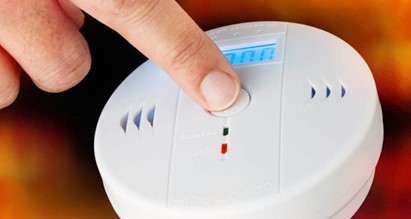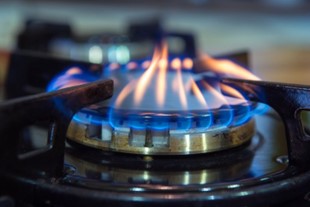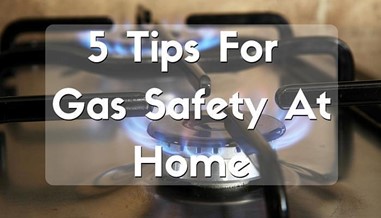Carbon Monoxide and Smoke Alarm Batteries

Customers should change the batteries in their smoke and carbon monoxide alarms as the season changes. The U.S. Consumer Product Safety Commission (CPSC) advises consumers to check that all their home’s alarms are operational and to take precautions against fires, such as cleaning dryer vents. Develop these yearly routines to save lives.
“Remember to check your home’s smoke and CO alarms on every level of you home. Clean the dryer vents during this extra daylight to avoid home fires.”
According to CPSC estimates, there are 360,300 residential fires each year. Over 2,390 people lose their lives in the fires, 10,860 are injured, and $7.34 billion worth of property is damaged. Smoke and CO alarms should be installed, used, and maintained correctly to limit the risk of property damage, accidents, and fatalities.
Smoke and CO alarms tips:
- Installing smoke alarms outside sleeping areas and inside each bedroom on every floor of the house.
- Test the alarms monthly and replace the batteries at least yearly, unless the alarms have sealed 10-year batteries.
- Replace smoke and CO alarms in accordance with the manufacturer’s instructions.
Clothes Dryer Tips:
- Do not use the dryer without a lint filter and make sure it is clean before or after each use.
- Make sure the air exhaust vent pipe is not restricted and the outdoor vent flap will open when the dryer is operating.
- Clean lint out of the vent pipe at least once a year.







